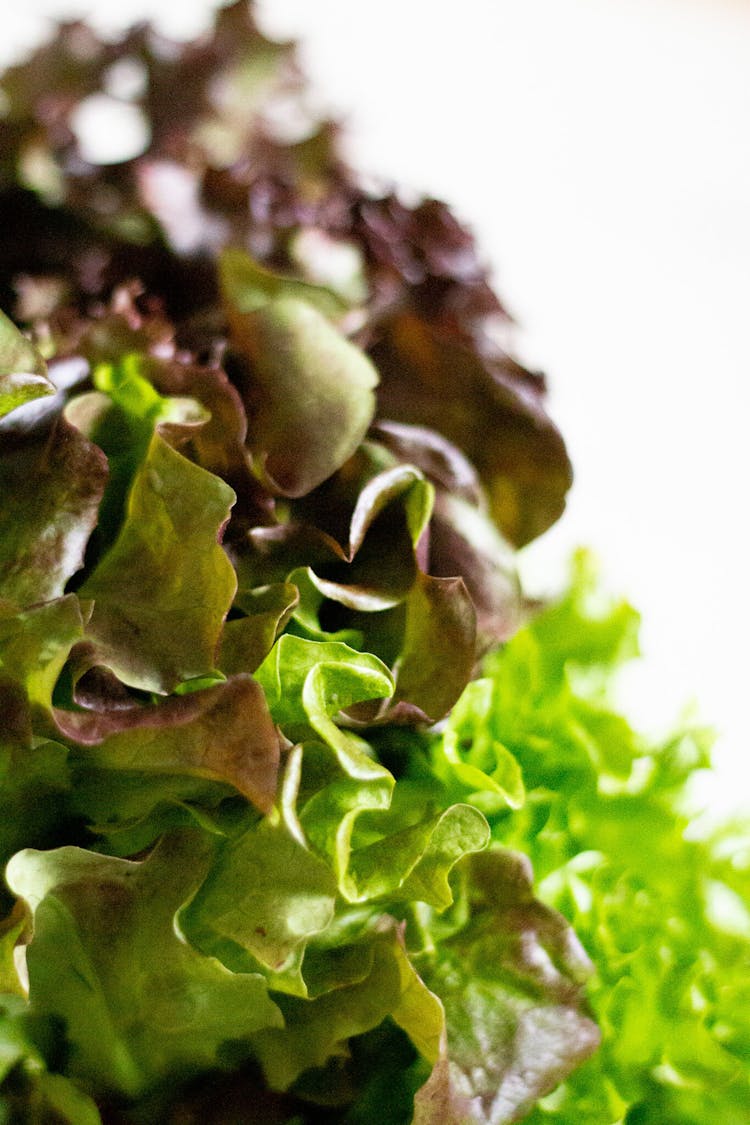How to make homemade compost from your food waste
Learn how to make compost at home, without a garden! Help make a difference to the planet with this guide to making compost.

HOW TO MAKE COMPOST AT HOME WITH YOUR FOOD WASTE
We’ve been thrilled in recent months to see so many of you growing vegetables from your veg scraps: lettuce and celery stubs, spring onion roots and shoots from your carrots and beetroots too. At some point, you’ll need to replant your sprouting veggies into nutrient-rich soil. Did you know you can make compost at home using your own food scraps instead of buying it online? There are plenty of benefits to making your own compost. Cut your food waste even further and help make a difference to the planet with this guide to making compost at home.
WHAT IS COMPOST?
Compost is a nutrient-rich fertiliser that helps gardens grow; it's human-made and consists of decomposed material. Meanwhile, soil is the top layer of earth that contains some organic material, including minerals and rock particles. Compost is important because it enriches the soil, helping it to retain nutrients and water and reducing the risk of plant diseases.
IS MAKING COMPOST DIFFICULT?
Making your own compost might sound hugely technical and you might assume that you need a garden, an expensive composter or tonnes of gardening knowledge. You don’t. This option will work if you live in an urban flat without a garden.
WHAT CAN I COMPOST?
When making compost at home with this method, you can use fruit and veg scraps, egg shells, coffee grounds and tea bags, as well as any trimmings from your houseplants. You can add any of these to your compost. Just be aware that some hardier materials, like pineapple, citrus rinds and avocado stones take longer to decompose than others.
Avoid adding fats, meat, fish, oil or dairy. If you do, however, want to compost these foods, try the very simple Bokashi composting method but you will need an outdoor space to bury the compost later on.
WHAT WILL I NEED?
- A container with a lid to make your compost – your homemade compost bin can be small enough to fit on your kitchen counter or as big as a regular bin, depending on the space you have available to you and the amount you expect to compost. A regular bin or a plastic box with a closed lid will work well. You may want two bins so you can carry on composting your food waste when the other is full.
- A space to put your homemade compost bin, like under the sink or in an out-of-the-way corner in your kitchen.
- A drill to puncture holes into the bin.
- A small bag of soil.
- Dry carbon-based materials like old newspaper or torn up cardboard from your toilet rolls.
I HAVE EVERYTHING I NEED, WHAT NOW?
- Start by drilling a few evenly spaced holes into the lid of your homemade compost bin. This is to allow air to circulate, which encourages all those handy microbes to break down your food scraps. To avoid fruit flies, you may also want to secure a breathable material, like hemp fabric over the holes.
- Place a layer of soil into the bottom of the container, top with some shredded newspaper, then add your kitchen scraps on top. The dry material helps to keep the balance of wet and dry in your compost and stops it from smelling too.
- Seal the container tightly with the lid and leave it to work its magic.
WHAT NEXT?
Add your food scraps to the bin as you go. Chop any larger food scraps into smaller chunks; the smaller the chunks, the quicker they’ll break down.
When you add food scraps you need to add dry materials, like shredded newspaper too.
As a general rule of thumb, you want a good balance of dry materials that are carbon-rich, like newspaper, bits of cardboard, dry leaves, egg shells, coffee filters or bits of wood, to green materials (your food scraps) that provide nitrogen. A healthy compost should have much more carbon than nitrogen. A simple rule of thumb is to use one-third green and two-thirds brown materials.
Add a sprinkling of soil and stir your compost about once a week.
We have a more in-depth guide to composting here.
WHEN IS MY COMPOST READY?
It can take anywhere between 6 weeks to several months for your compost to be ready, depending on the size of your compost bin. It will be a dark, earthy smelling material.
A bad smell is not a good sign! Add more dry carbon-rich materials, like newspaper (mentioned above) to balance out the green, moist materials. You may also need to drill more holes into the container lid.
WHAT IS COMPOST USED FOR?
Use it to repot your growing veggie scraps for a truly closed loop food system with zero waste! To use it, mix it with regular soil when planting or repotting your seedling vegetables into containers. Plants that have roots can handle more compost than seeds, so use 1 part compost to 2 parts soil.
You can also give your already-potted plants a boost by taking away the existing few centimeters of soil and topping it up with your homemade compost. You could use the compost for your houseplants too, instead of having to buy expensive houseplant compost.
If you have an excess of compost, offer it safely to neighbours or donate it to a local community garden!

